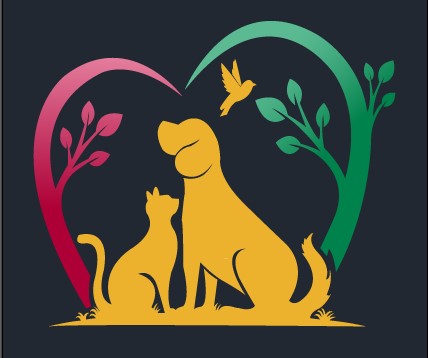What Your Pet’s Body Language Says About Their Happiness
Dogs
Relaxed Ears and Soft Eyes
Ears in their natural position and eyes that are soft (not wide or darting) suggest your dog feels safe and happy.
Wagging Tail
A loose, mid-level wagging tail signals joy. Fast or full-body wagging often means excitement. Be cautious of stiff, high, or slow wags, as these can indicate uncertainty or tension.
Play Bow
Front paws stretched out and hindquarters raised is a classic invitation to play and shows enthusiasm.
Relaxed Body and Mouth
A loose body posture and an open mouth, often with a slightly lolling tongue, indicate contentment.
Happy Zoomies
Sudden bursts of running and playful energy are signs of pure happiness and excitement.
Cats
Slow Blinking
If your cat gives you slow blinks, it’s a sign of trust and affection. Try returning the slow blink.
Upright Tail with a Gentle Curve
A tail that stands tall with a slight curve at the tip signals a happy and confident cat.
Kneading
When cats press their paws rhythmically against you or a soft surface, it’s a sign they feel safe and content.
Purring
Purring usually indicates happiness and relaxation, though some cats also purr when they’re seeking comfort.
Rolling Over and Showing Belly
Exposing the belly means your cat trusts you. While not always an invitation for belly rubs, it reflects comfort and happiness.
Rabbits
Binkying
A sudden jump with a twist in the air is a rabbit’s joyful expression. This behavior shows they’re feeling playful and secure.
Relaxed Flop
When a rabbit flops onto their side or back, they feel completely safe and at ease.
Nose Twitching
A steady, calm twitch of the nose indicates curiosity and contentment. A fast or erratic twitch can mean stress.
Birds
Singing and Whistling
Cheerful songs and whistles are sure signs of a happy bird. It shows they feel secure and engaged.
Preening
If a bird is calmly grooming itself, it indicates they feel safe and relaxed in their environment.
Fluffed Feathers
Briefly fluffing up and shaking out feathers shows comfort and relaxation. Long periods of fluffed feathers can indicate illness.
Signs of Discomfort or Stress
Dogs: Tucked tail, pinned-back ears, growling, or avoiding eye contact.
Cats: Flattened ears, swishing tail, hiding, or hissing.
Rabbits: Thumping feet, tense posture, or hiding.
Birds: Feather-plucking, screeching, or hiding.
By paying attention to these cues, you can better understand your pet’s emotional state and create an environment where they feel truly happy and loved.










